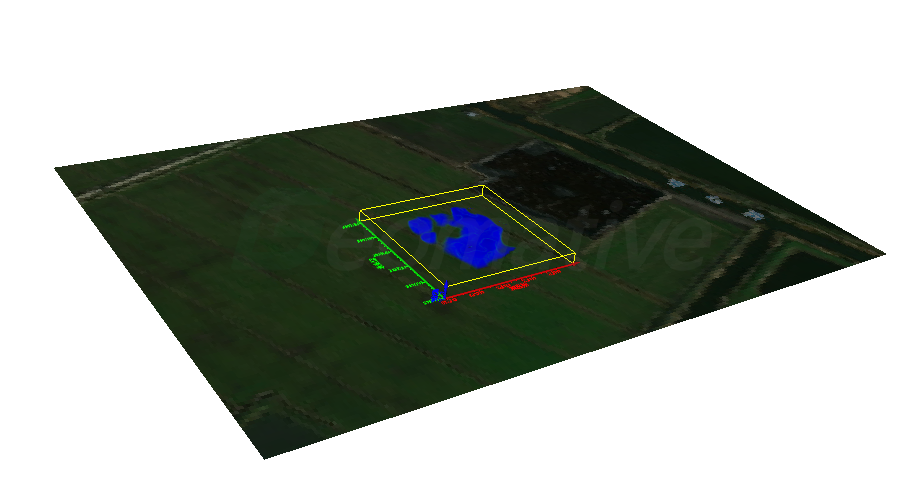
Commissioned to conduct a geophysical investigation of a solid waste landfill, the objective was to determine the spatial distribution of landfill materials within the survey area and estimate the volume of the buried waste. This provides a scientific basis for subsequent remediation efforts.

The GD-20 High-Density Resistivity System was employed for the survey. The GD-20 is a globally leading multifunctional DC resistivity instrument, developed with the latest digital and analog circuit technologies. It is capable of spontaneous potential (SP), apparent resistivity, and induced polarization (IP) testing, supporting conventional electrical sounding, as well as 2D and 3D profiling.
Following the workflow of data collection, field reconnaissance, geophysical survey, data analysis, interpretation, and delineation of the landfill zone, five high-density resistivity survey lines were established. After processing the data with specialized software, the results were visually clear. The analysis is as follows:





ERT1-5 Resistivity Profile Diagrams

3D Resistivity Spatial Representation of the Survey Area
The 3D visualization of the survey results clearly displays the spatial distribution of the waste in the survey area. The primary concentration of solid waste is located on the southern and eastern sides of the site, with the main burial depth ranging from 2m to 3m, some reaching depths of up to 3.5m, and a smaller portion at depths of 1.5m to 2m. Based on this data, the volume of the buried waste has been estimated.